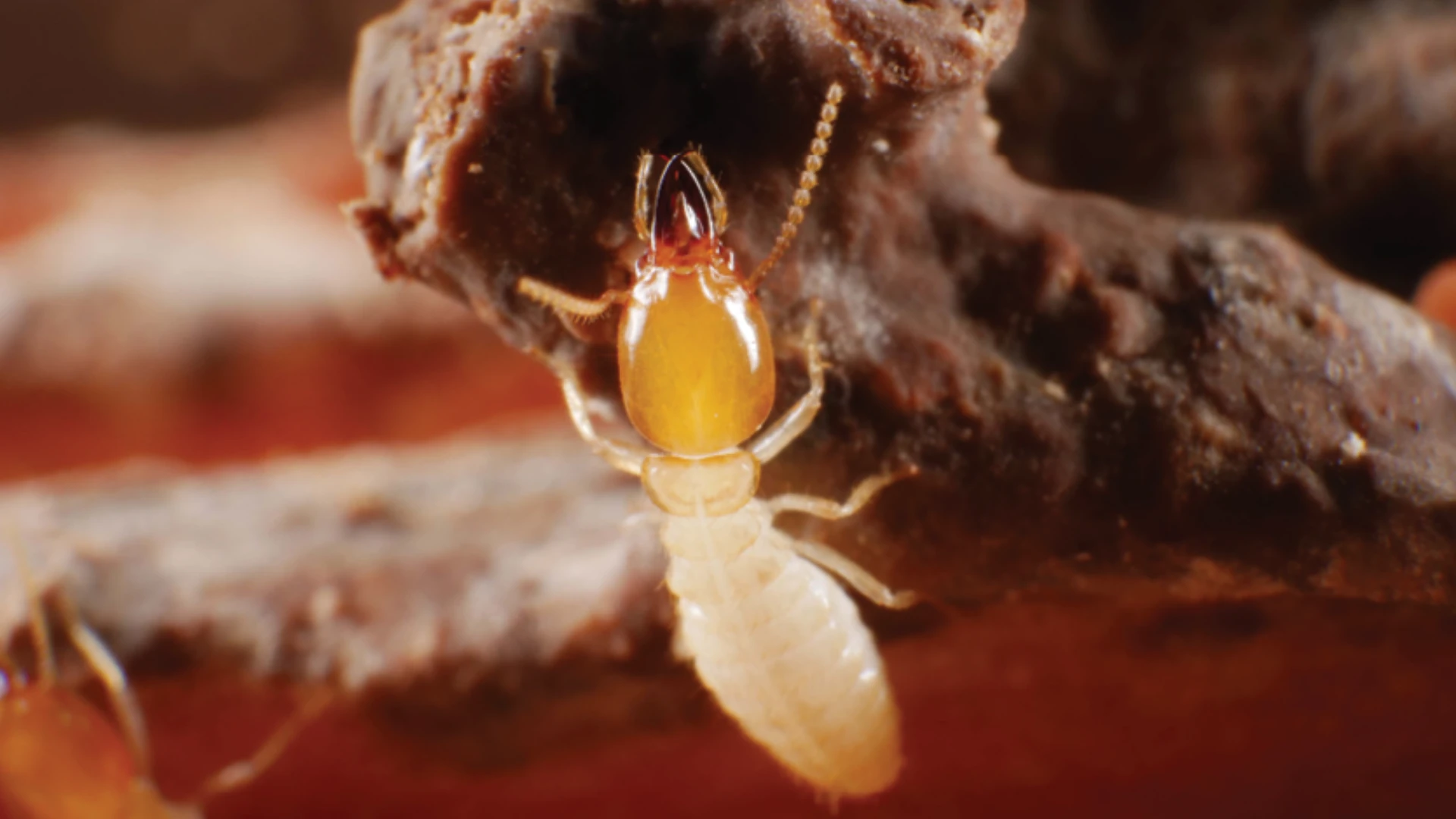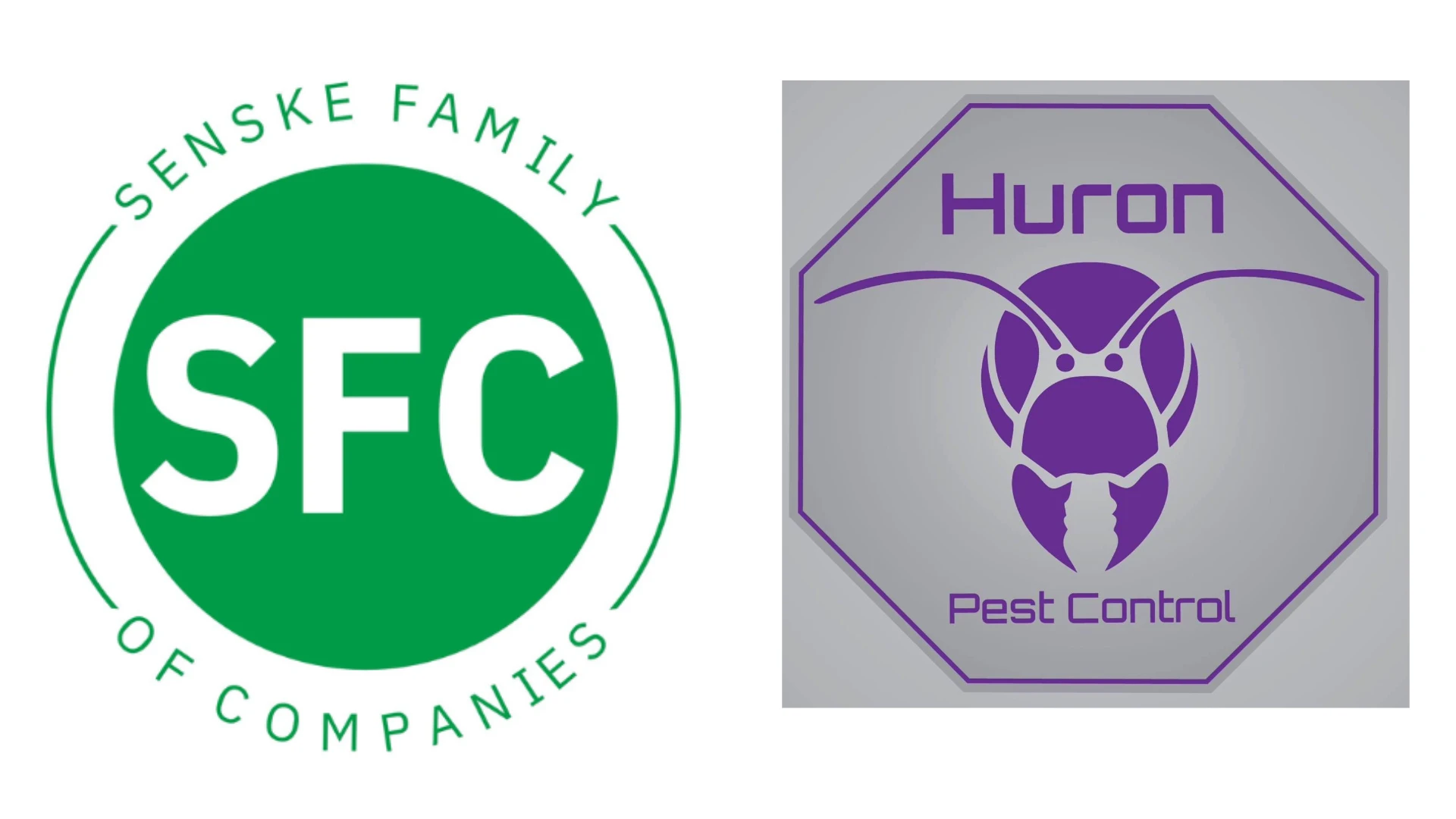
Many things can affect the size and range of insect populations, including the climate, the availability of food sources, and the absence or presence of predators. But when it comes to certain stink bugs, researchers have found that temperature is the most important factor affecting regional distribution and abundance, ESA reports.
By using complex spatial and statistical analyses, entomologists from Maryland, Virginia, and Delaware determined that temperature is the primary driver of stink bug patterns, and they identified differences in thermal tolerances among native and invasive stink bugs.
The researchers conducted a survey of three stink bug pests — the invasive brown marmorated stink bug (BMSB) and two native insects, the green stink bug and the brown stink bug — in soybean fields in Maryland, Virginia, West Virginia, and Delaware. They found that the abundance of BMSB became lower as temperatures increased in June. In fact, no BMSBs were found in fields with average June temperatures that were higher than 23.5º C (74º F).
However, in contrast to the invasive BMSB, the abundance of the native stink bugs increased as temperatures rose.
Click here to read the entire article.
Source: ESA
Latest from Pest Control Technology
- How Did This Pest Get Its Name?
- Rose Pest Solutions Honors Top Performers with Annual Chief’s Club Awards
- Doug Foster on Termite Control Equipment, Resources
- Pest Control Consultants Acquires EcoGuard Pest Control
- Pest Index Increased 9 Percent YOY in February
- PPMA Releases 2024 Annual Report Themed 'Leveling Up Awareness, Growth and Impact'
- Good News Pest Control Acquires Walsh Pest Control
- Aruza Pest Control Appoints Justin Bellet as Chief Operating Officer






